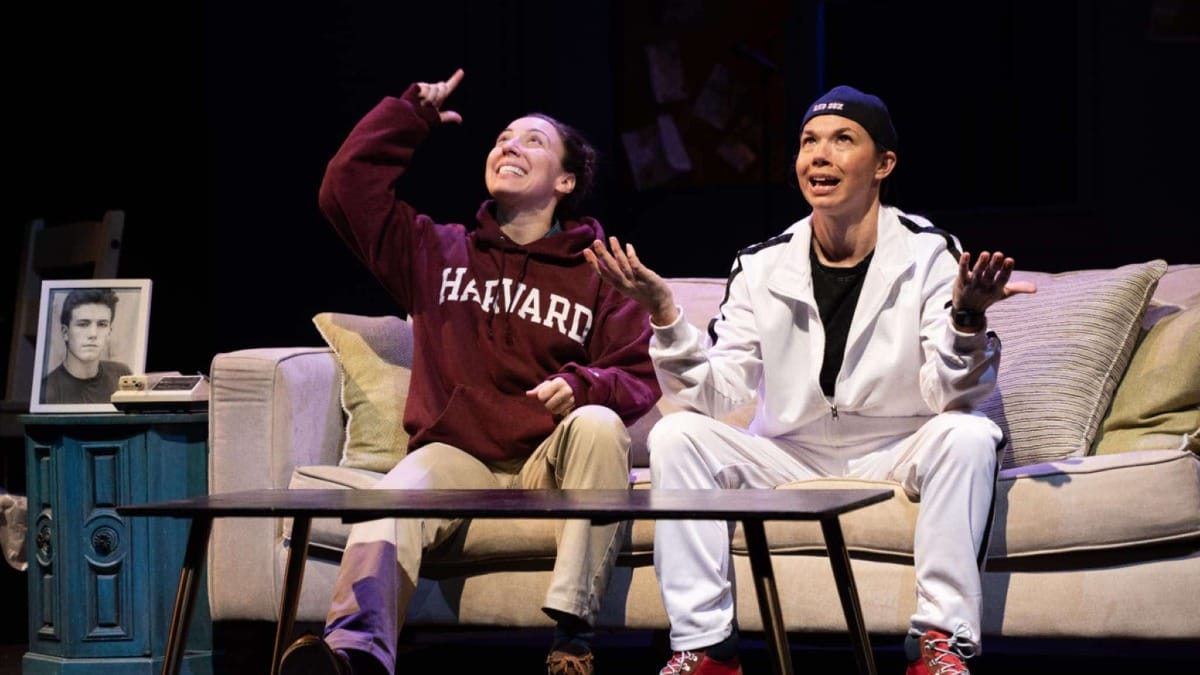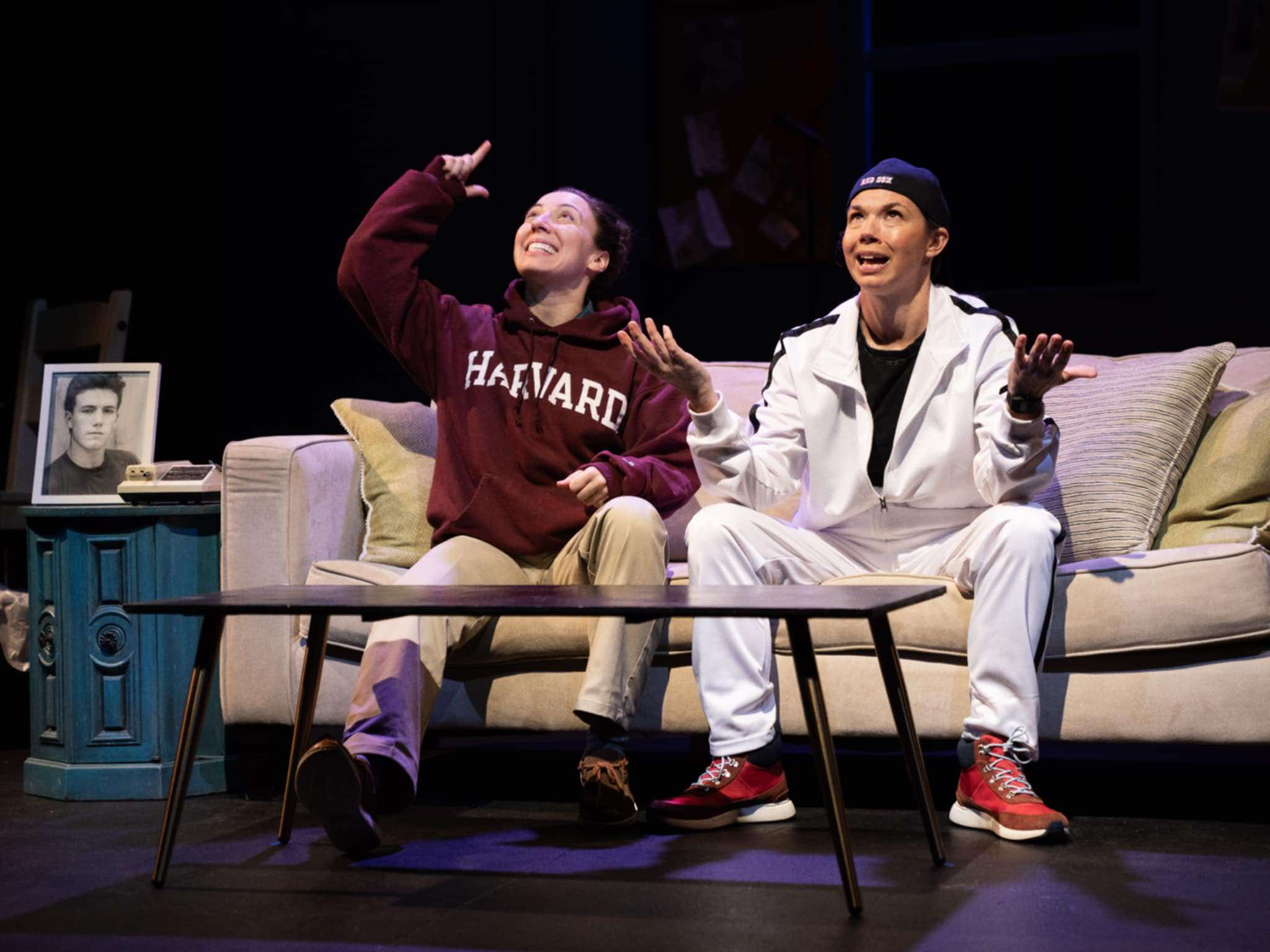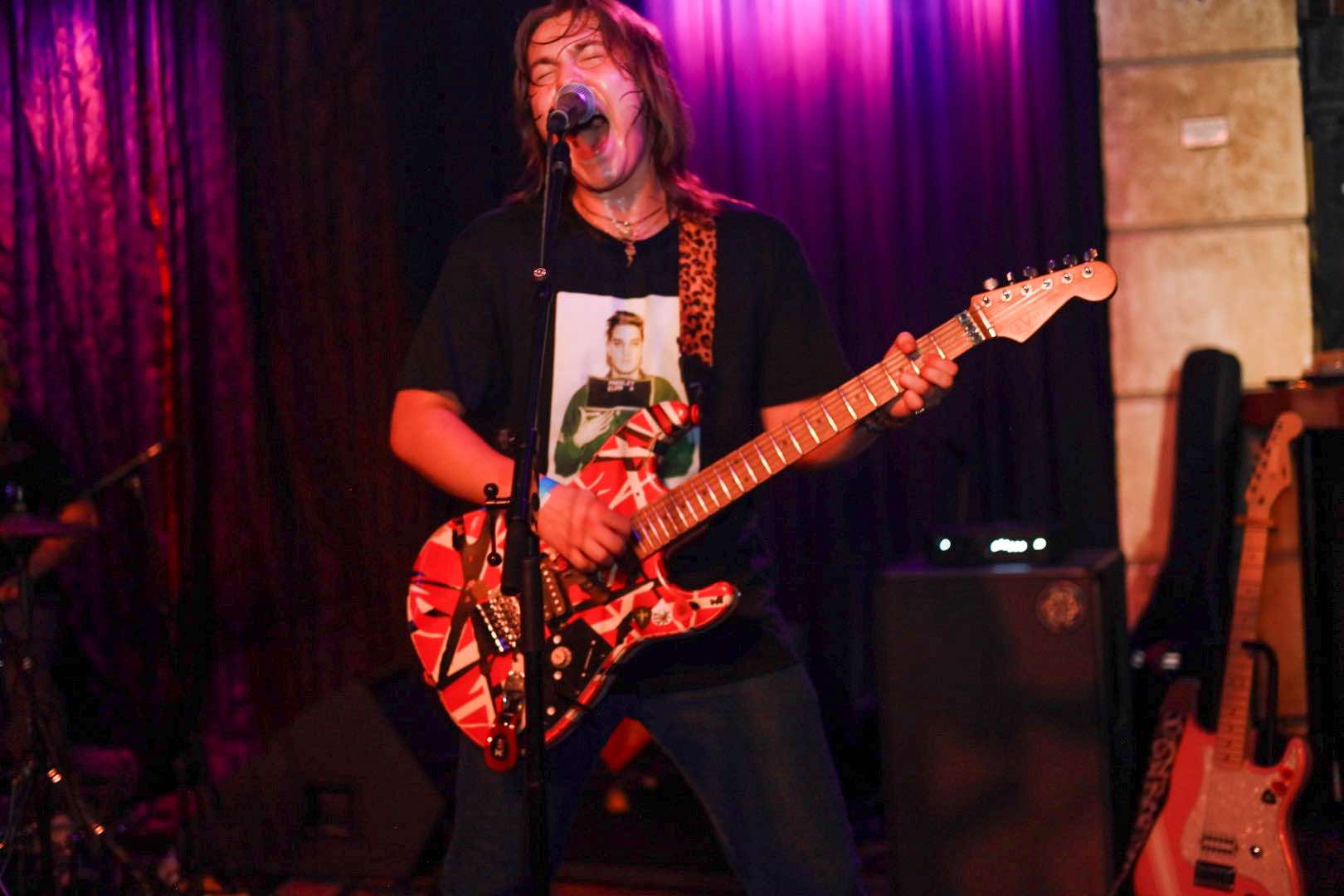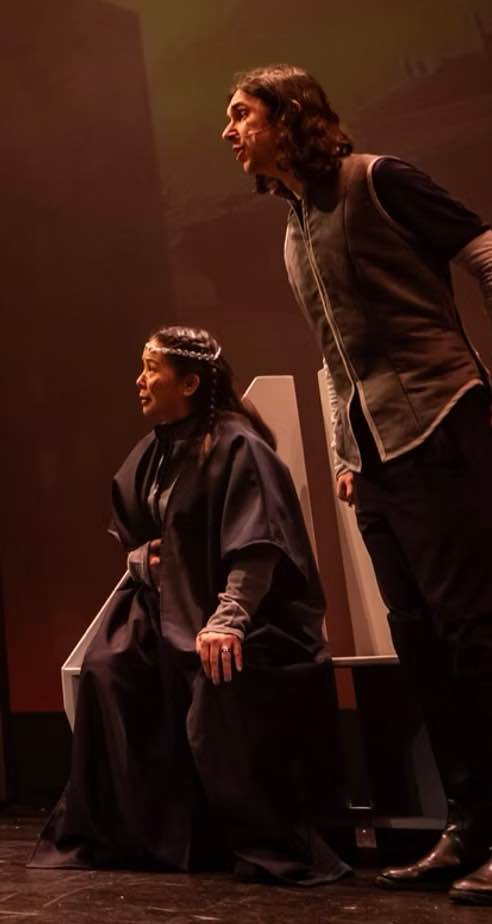The Cost of Creativity: How Tampa Bay’s Artists Are Struggling to Stay Afloat

by Avery Anderson
As the region’s arts scene thrives, local artists face rising rents, unstable gigs and the constant hustle to survive.
On a warm Saturday night in downtown St. Petersburg, music drifts through alleyways painted with towering murals. A pop-up art market buzzes under twinkling string lights. The energy is infectious: a region alive with creativity, celebration and color.
But behind the glow of Tampa Bay’s flourishing arts scene, a more difficult question lingers: Can the very artists fueling this cultural boom actually afford to live here?
I spoke with three local artists — Georgia Mallory Guy, Mona Lim and Matthew Morris — to dig into the realities. Their experiences reveal a complicated truth: Passion is essential, but it’s no match for rising rents, gig instability and the invisible labor it takes just to keep creating.

Georgia Mallory Guy: A full-time artist, at full capacity
For Georgia Mallory Guy, a respected actress, director, producer, and educator, the arts are not a side pursuit — they are her life’s work. Her name appears in playbills across the region, including as producer for ThinkTank Theatre’s upcoming production of Songs for a New World.
Yet even at the peak of a career many would envy, survival demands more than talent alone.
“I’m lucky to work full time in the arts. But I don’t just sit in rehearsal rooms all day.”
Georgia teaches at the University of South Florida, runs educational programs, and produces independent shows — a delicate balancing act that stretches across creative, administrative, and academic worlds.
Even with a steady stream of projects, she is constantly aware of the fragility of her financial footing.
“It’s a dream job,” she says. “But it’s also a hustle every single day.”

Matthew Morris: Riding the highs and lows of the gig economy
Musician Matthew Morris first found his footing in Tampa Bay’s dive bars and coffee shops — small crowds, smaller paychecks, but the thrill of live music carrying him forward.
“When you get that first real gig paycheck, you think, ‘I can actually do this,’” Matthew says.
But even as he booked more shows — sometimes four a week — the reality of gig life settled in. Some nights brought packed rooms and tips that paid the bills. Other nights, he waited hours for a late payment or juggled last-minute cancellations.
By 2023, it was clear: artistic hustle alone wasn’t enough. Like many local musicians, Matthew took a full-time day job outside the arts to stabilize his finances.
“Without my 9-to-5, I couldn’t keep playing. The music scene here is vibrant, but you can’t count on it to pay rent.”
His story reflects a common theme: In Tampa Bay’s booming arts culture, the music plays on — but financial security remains elusive.

Mona Lim: Art, health, and hard-won stability
For actress and director Mona Lim, the obstacles weren’t just financial — they were physical. Years of pushing through rehearsals, part-time jobs, and late nights eventually took their toll.
“For most of my adult life, I would work until I crashed,” Mona says.
It wasn’t until her late 40s that she received a diagnosis: chronic fatigue syndrome, compounded by autoimmune markers. Filing for disability was both a breaking point and a turning point.
The back pay from her disability settlement allowed Mona to invest in aggressive medical treatment. By 2021, she was back on stage, landing major roles in Ragtime at American Stage and Macbeth at Jobsite Theater.
“Professional theatre pays, but it’s never enough to live on,” she says. “Without my disability income supplementing it, I couldn’t make it work.”
Her experience highlights a harsh truth: In Tampa Bay, surviving as an artist often requires invisible scaffolding — support systems outside the arts economy itself.
The lifelines (and their limits)
To their credit, local institutions are trying to ease the burden. The Individual Artist Grant Program offers up to $5,000 to selected artists. The St. Petersburg Arts Alliance funds small artist-led projects. Initiatives like Zero Empty Spaces convert empty storefronts into affordable studios, and the Affordable Artist Housing Initiative is working to create live/work spaces in the Warehouse Arts District.
But grants are competitive and often tied to specific projects, not ongoing support. Housing initiatives, while promising, remain limited in scale.
“We need more than just project grants,” Georgia says. “We need structural support — affordable housing, fair pay and sustained investment in creative careers.”
In other words: grants can spark projects. They can’t sustain lives.
The bottom line
Can you afford to live as a working artist in Tampa Bay?
Maybe — but only if you weave together enough side jobs, grants, gigs, teaching assignments, disability benefits and late-night hustles to stay standing.
The region’s booming cultural reputation is built on the backs of creatives who sacrifice stability for passion. Yet if Tampa Bay wants to keep its creative soul, it needs to do more than celebrate the arts — it needs to invest in the artists who make it possible.
Because unless you have a secret trust fund, a business partner moonlighting as a financial wizard, or a fairy godmother who really, really loves theatre, surviving as an artist here isn’t magic. It’s work. It’s risk. It’s relentless.
And it deserves more than applause. It deserves real support.
Tampa Bay may be a hub for creativity, but can artists truly afford to make a living here? The answer is complicated. For many, it’s a mix of passion, side gigs, and financial support that keeps them afloat. While the arts community is strong, we need more sustainable solutions to ensure that artists can continue to live and work in the area. Until then, the hustle continues.
